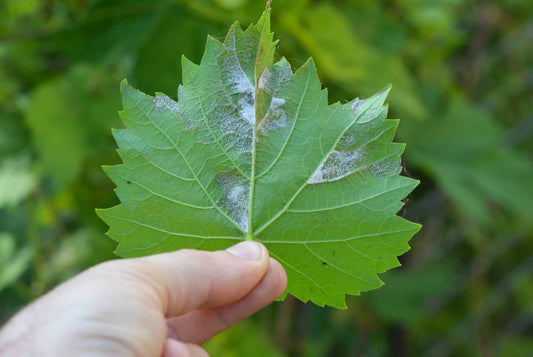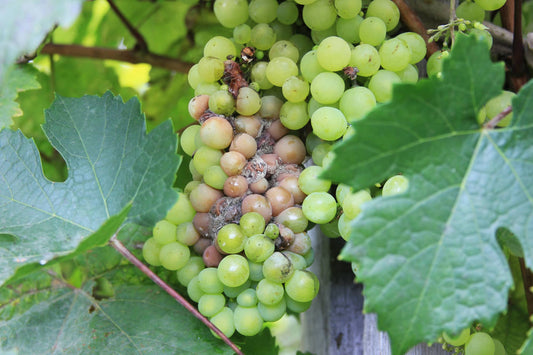Pythium root rot, caused by Pythium spp., is a notorious problem in hydroponics, flourishing in warm water conditions that result in reduced dissolved oxygen levels. This pathogen attacks the roots, causing decay that can severely impact plant health, growth, and yield. Effective management necessitates a combination of preventive measures, early detection, and targeted interventions.
Recognizing Pythium Root Rot
Infected plants often show signs of wilting and yellowing leaves, even when sufficient moisture is present. As the disease progresses, roots turn brown and slimy, potentially breaking down and severely restricting nutrient and water absorption.
Conditions Favoring Pythium Root Rot
Pythium root rot thrives in high water temperatures (above 72°F or 22°C) and overcrowded conditions, where oxygen solubility in water declines. Maintaining an optimal environment is crucial for prevention.
Preventive Measures
- Water Temperature and Oxygenation: Keep water temperatures between 18°C to 22°C (64°F to 72°F) and ensure high oxygen levels in the water through air stones, diffusers, or water pumps.
- System Hygiene: Practice good hygiene, use sterile growing mediums and tools, and regularly clean and disinfect the hydroponic system to remove potential Pythium spores.
- Regular Monitoring: Inspect plant roots regularly for signs of disease and monitor water temperature and oxygen levels to maintain optimal growing conditions.
Treatment Strategies
Enhanced Management with Hydrogen Peroxide
Treatment for Active Infections:
- Dosage: Add 2.5 to 3 ml of 3% hydrogen peroxide per liter of water in the hydroponic system to target Pythium directly.
- Application: Distribute evenly by adding to the nutrient reservoir, ensuring thorough mixing.
- Frequency: Apply every few days, monitoring closely for plant response and root system recovery.
Ongoing Maintenance:
- Preventive Dosage: For maintenance, regularly add approximately 1.5 ml of 3% hydrogen peroxide per liter of water to the nutrient solution, every 1 to 2 weeks.
- Benefits: This approach helps to maintain high oxygen levels, creating an inhospitable environment for Pythium and other anaerobic pathogens.
- Monitoring: Continuously observe plant health and system conditions to adjust dosages and application frequency as necessary.
Monitoring and Maintenance
- Root Health Checks: Healthy roots are white and firm, not brown and mushy. Regular inspections can help catch early signs of Pythium Root Rot.
- System Cleaning: Implement a routine for cleaning and disinfecting the hydroponic setup, including reservoirs, pumps, and grow trays.
Note on Management Practices
While adjusting water temperature, increasing oxygenation, and maintaining system hygiene are effective measures against Pythium Root Rot, completely eradicating it in an already infected system can be challenging. Early intervention and consistent management practices are key to controlling this disease. In severe cases, it may be necessary to consult a hydroponic specialist and consider biological control agents or fungicides labeled for hydroponic use. Always follow the manufacturer's instructions and prioritize plant and system safety when applying treatments.
Incorporating hydrogen peroxide into hydroponic maintenance routines provides a practical solution for enhancing oxygen levels and controlling pathogen growth, addressing two critical factors in the development of Pythium Root Rot. This comprehensive approach, which combines environmental control, system hygiene, and proactive treatment strategies, offers a robust framework for managing this pervasive hydroponic challenge.




